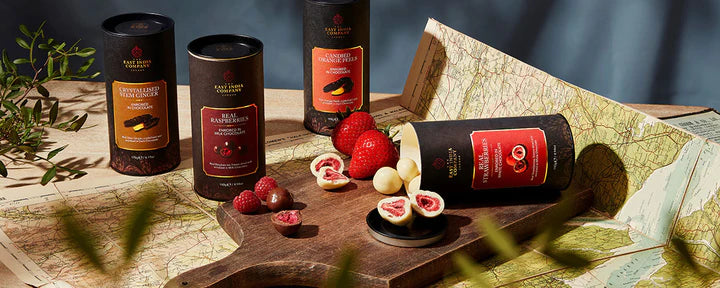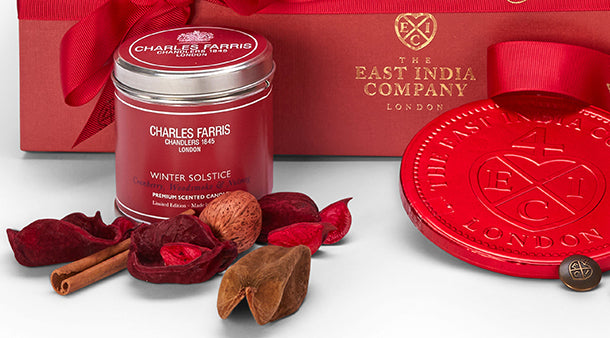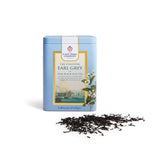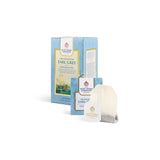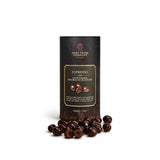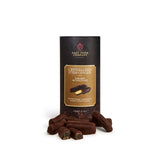Stories
The Story of Iced Tea
The oldest iced tea recipes were made with green tea and were known as 'punches' such as Regent’s punch, named after George IV or the Prince Regent 1762-1830. It was very aristocratic and highly alcoholic.
The punch became known in America, but was a novelty until the 1904 World Fair in St Louis [home also to the Olympic Games in the same year]. The very hot crowds were served with very hot Indian tea. It was the India Tea Commissioner, Richard Blenchynden and his team, who realised something cooler was in order. They filled some large bottles with the hot tea and let it flow through some iced lead [!] pipes. The resulting 'iced' tea, was a huge success, later replicated by Blenchynden for shoppers at Bloomingdales in New York. The huge US iced tea industry was born and the drink is now popular all around the world.
We have a few recipes to share in our EIC Recipe Book; we would love to hear yours too.
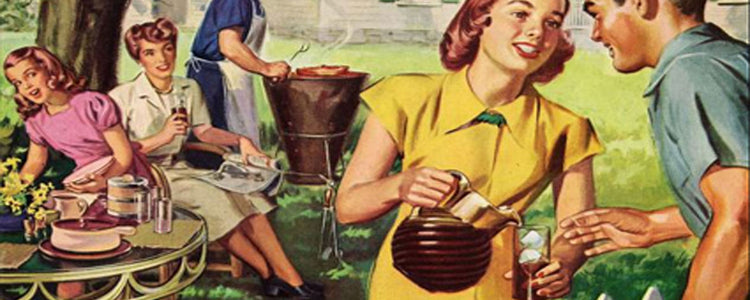
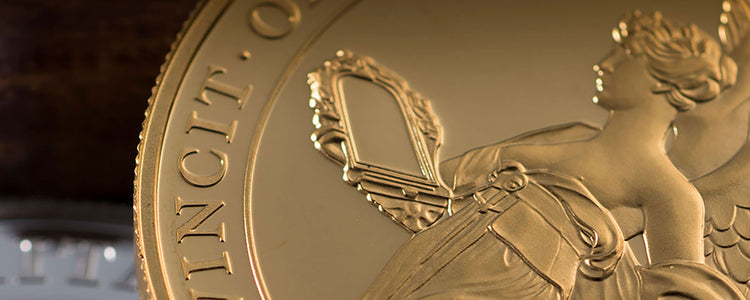
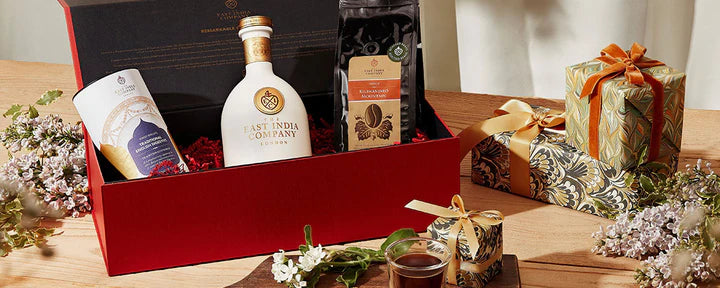
 Ceylon / Sri Lanka
Ceylon / Sri Lanka Assam, India
Assam, India Japan
Japan Taiwan
Taiwan Nepal
Nepal China
China Kenya
Kenya Egypt
Egypt South Africa
South Africa